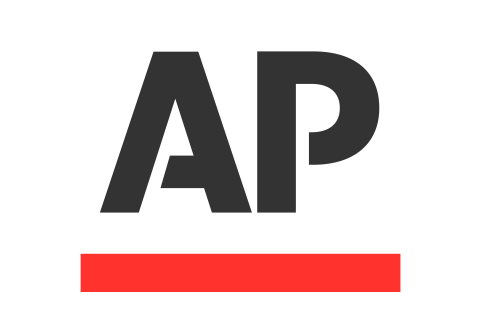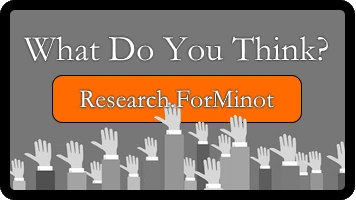The common assumption is that ride-sharing services like Uber and Lyft reduce demand on road infrastructure and reduce traffic and congestion. But the economics of a disruptive innovation on human behavior is rarely that simple. New studies are showing the low-cost of the service often captures a latent demand from users that would have otherwise walked, biked, used public transportation, or batched their trip. The result so far, a net increase in congestion and traffic.
Studies are increasingly clear: Uber, Lyft congest cities



